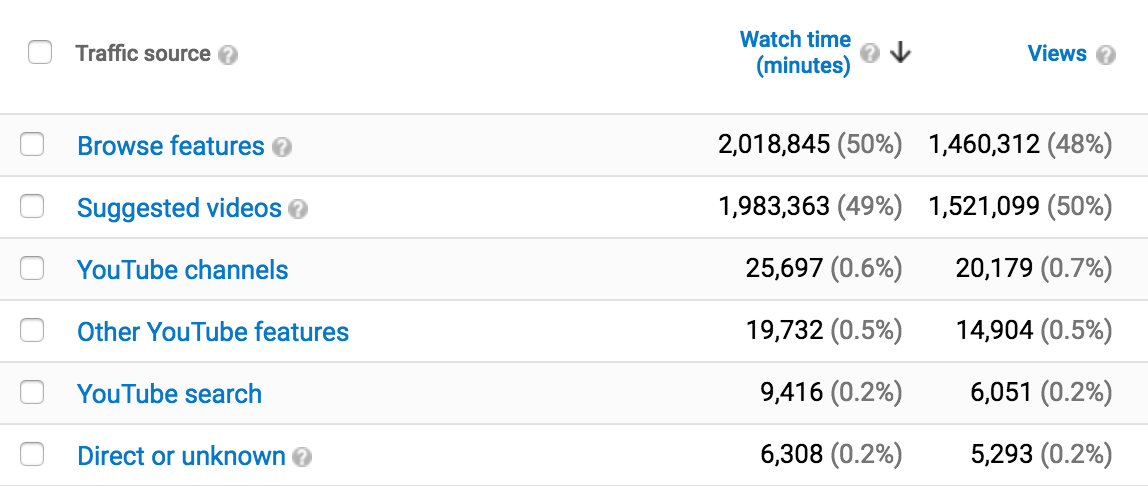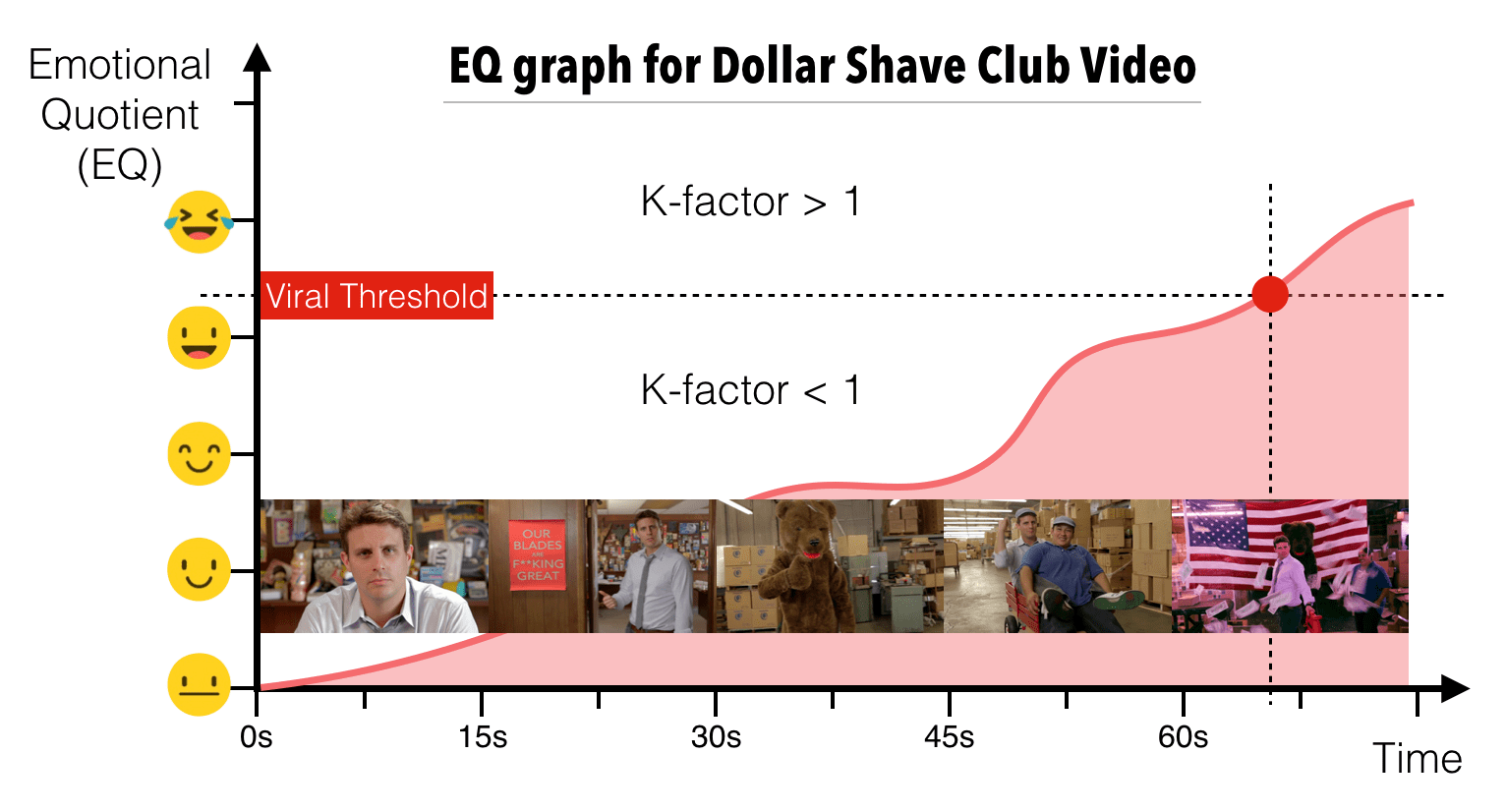A video can become viral because people share it (organically), because YouTube promotes it (artificially), or a combination of both (YouTube promotes a video after noticing a spike in organic shares.)
Last month one of my old animated videos suddenly went viral but not because millions of people felt compelled to share it, but because, for some reason (still unknown to me), Youtube’s algorithm decided to promote it to millions of users.
My video’s virality was almost completely of the artificial type. According to my YouTube’s channel analytics, after 4 million views, my video was shared organically only 272 times. Practically all the views came from YouTube browse features and suggested videos.

So how is artificial virality different than organic virality?
Well, let’s find out…
Artificial Virality
No one can really know what triggers artificial virality on YouTube because no one knows exactly how YouTube algorithm works. Google has published a bit of information about their algorithm but all we know is that their algorithm is extremely complex, has over 1 million lines of code, gets updated about 50 times a year, and – among hundreds of variables – “watched time” is the one that is given most importance.
One thing we know for sure is that YouTube will always optimize its algorithm, not necessarily to promote the best videos, but to generate more revenue. And to maximize revenue, YouTube’s main goal is to keep you watching videos as long as possible because that will increase the chances of you being exposed to an ad.
Who knows how many great videos have never become popular because they didn’t satisfy YouTube’s money-hungry algorithm?
Organic Virality
It’s a lot harder to create an organically viral video than an artificial one.
Why? because human’s emotional algorithm is a lot harder to deconstruct than YouTube’s. After all, we know that YouTube will always optimize for maximum monetary ROI, but human psychology is infinitely more complex and hard to predict.
All we can assume is that when someone decides to share a video is because certain emotional threshold has been surpassed by watching that video.
If this is true, those videos that can trigger stronger emotions are more likely to be shared organically.
The million dollar question is…
How do you measure the emotional potential of a video?
There aren’t any computer algorithms capable of accurately measuring the emotional potential of a video (yet).
But just for fun, let’s imagine for a moment that it was possible to measure the emotional potential of any video. What would we call it? maybe… EQ for Emotional Quotient?
After analyzing millions of videos, a new algorithm could be developed able to calculate the minimum EQ required for a video to have a strong possibility of becoming viral.
We know that for a video to be viral, its viral coefficient or K-factor has to be higher than 1.
If every person that watches your video shares it with 2 people, and those two people watch the video, then your video’s viral coefficient is 2.
If it takes an average of 6 hours for people to watch the video after it’s been shared, a video with K=2 would reach a million views in only 5 days!
Here is what the EQ graph would look for a viral video like the Dollar Shave Club one (24+ million views).

If you could estimate your video’s EQ before publishing it, you could keep editing your video until reached the minimum EQ required to become viral (K-factor > 1).
Although it sounds like science fiction, thanks to rapid advancements in machine learning and artificial intelligence, we may be closer to replicate organic virality on demand than we think.
In the future, YouTube’s AI-powered algorithms may be able to create viral videos that entertain millions without the need of human creators!
Conclusion
Organic virality is driven by emotion. Artificial virality is driven by money.
Trying to engineer a video that becomes viral organically is extremely difficult due to the inscrutability of human psychology, so your best bet as a business owner is to focus on creating content that satisfies Youtube’s algorithm.
A good place to start learning is this video about Youtube SEO by Brian Dean.
Have you ever had one of your videos become viral?
Was it organically or artificially viral?
Let me know, I’m still trying to figure out why my Grumology video has gotten 4 million views in just a few weeks!
Peace, Love, and K-factor cookies.
Miguel

P.S: The big irony is that you can spend thousands of hours learning YouTube SEO and, one day out of the blue, one your videos becomes viral and it doesn’t meet even half of the SEO recommendations. YouTube’s algorithm will always be a mystery!
Do you want to win a FREE Grumo t-shirt? To enter the contest just click HERE. Thanks to our awesome sponsor ShirtBattle.
Did a homo sapiens forward this article to you?
That human was very sapiens indeed. If you don’t want to miss my upcoming articles make sure to subscribe to them HERE.
Leave a Reply